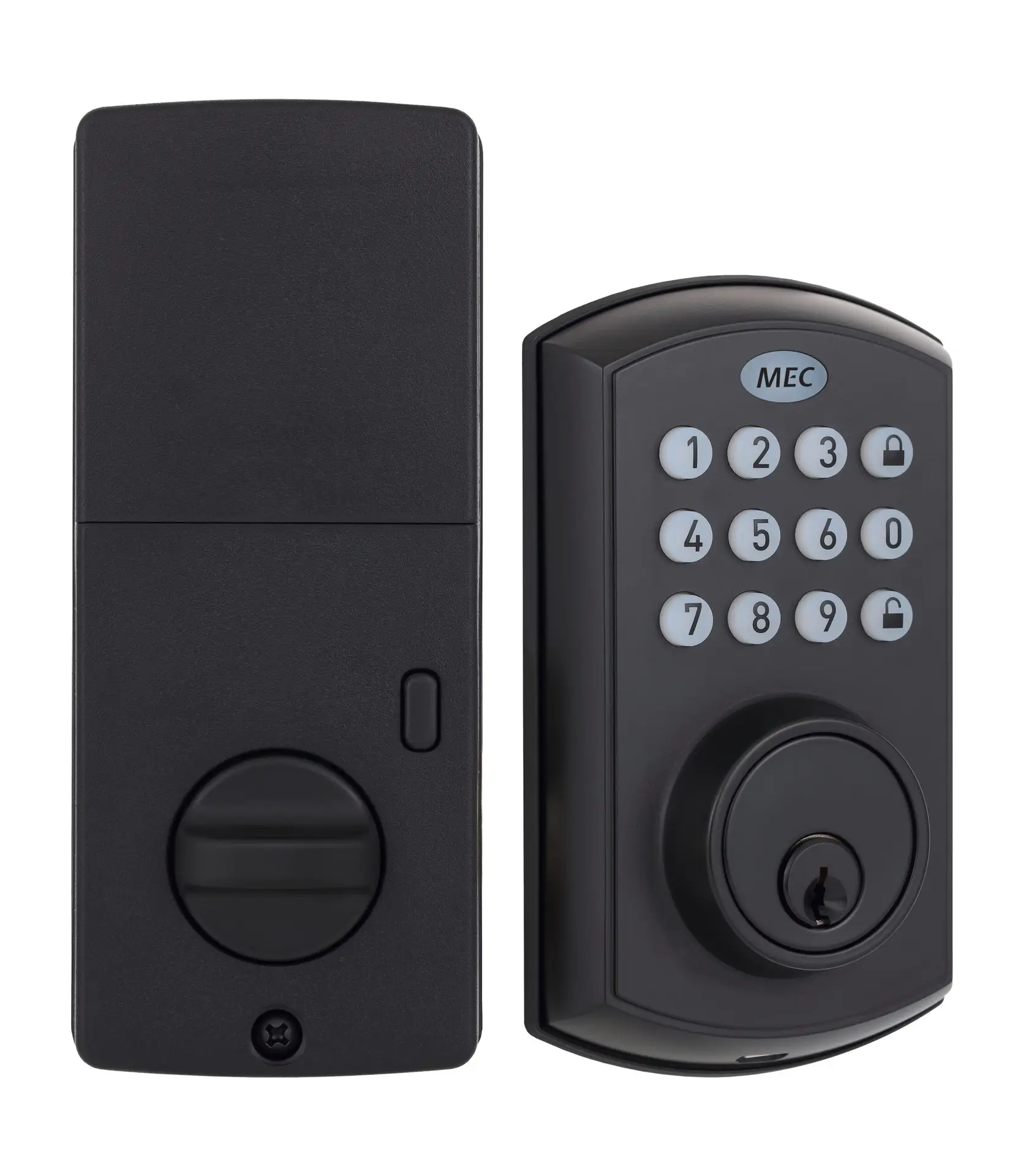Understanding the Features of the Deadbolt Lock
The deadbolt lock has become an essential component in home security, offering a range of features tailored to ensure safety and convenience. One of the most notable specifications is the adjustable size, which accommodates both 60mm and 70mm backsets, allowing for easy installation on various door types. This flexibility simplifies the lock’s integration into existing door hardware, making it suitable for many households.
Security and accessibility are further enhanced by the lock’s capability to support up to 50 unique pin codes. This includes one master code for the homeowner and an additional 49 user codes, which can be assigned to family members, trusted friends, or service personnel. This feature not only boosts security by allowing limited access but also enables easy management of who has access to the home at any given time.
Another significant functionality is the auto-lock feature, which automatically secures the door after a set duration. This mechanism provides peace of mind, particularly for those who may forget to lock the door upon leaving. Additionally, the one-touch locking system offers an intuitive way to secure the door quickly, ensuring that homeowners can conveniently manage their security.
The deadbolt lock is equipped with a push-button keypad that includes backlit keys, making it user-friendly in low-light conditions. This design consideration ensures that users can operate the lock without hassle, even at night or in poorly lit environments. The compatibility of the lock extends to multiple door materials, including wood, steel, and anti-burglary options, making it a versatile choice for various home designs. The recommended door thickness for optimal functionality ranges from 35mm to 50mm.
Lastly, the deadbolt operates on standard battery requirements, ensuring homeowners do not need to worry about complex wiring or power sources. This feature reinforces the lock’s convenience, making it a practical option for enhancing household security.
Installation and User Guidance for Optimal Security
Installing a deadbolt lock is an essential step toward securing your home. To begin, gather the necessary tools which typically include a power drill, screwdriver, measuring tape, and a chisel. Ensure you have the deadbolt lock kit ready, including the strike plate and hardware. Pre-installation involves measuring the height of the lock to ensure it aligns correctly for both comfort and security. Generally, the deadbolt should be placed about 40 to 48 inches from the ground.
Next, you will need to mark the door where the deadbolt will be installed. Use your measuring tape and mark the center point of the lock on the edge of the door. Drill a hole from both sides of the door until they meet in the middle, ensuring a clean entry point. Additionally, you may require chiseling out a pocket for the strike plate on the door frame to ensure a snug fit.
Once the hole is prepared, insert the deadbolt into the drilled hole, ensuring the tailpiece aligns with the mechanism inside. Secure it using screws provided in your deadbolt lock kit. Install the strike plate at the corresponding location on the door frame, ensuring it is aligned with the deadbolt. Test the functionality of the deadbolt by inserting the key, turning it to ensure smooth operation.
For optimal security, programming the master and user codes is next. Typically, this involves following the instructions provided in the manual. The addition of a state indicator and scramble code feature adds an extra layer of protection. The state indicator shows whether the deadbolt is locked or unlocked. The scramble code feature helps prevent unauthorized access by allowing users to enter random numbers before their actual code.
Lastly, maintain your deadbolt lock by regularly checking for dust or debris around the keyhole and ensuring it remains lubricated. Such practices will ensure long-term functionality and security for your home.







Reviews
There are no reviews yet.